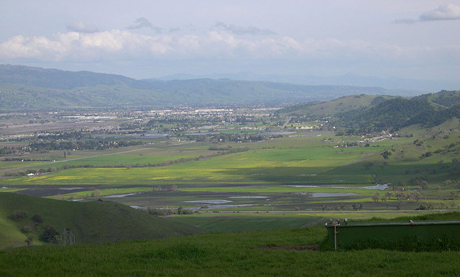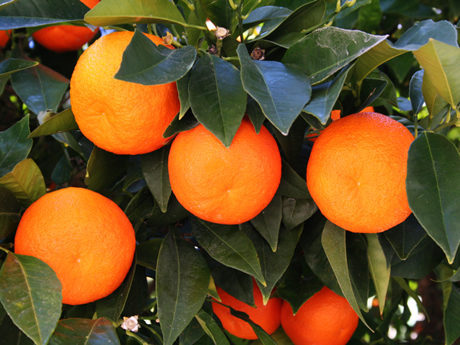Final Cap-and-Trade Budget Includes Climate-Friendly Farming
After months of speculation and debate, Governor Brown and California’s legislature have agreed on how to allocate a total of $872 million in cap-and-trade auction proceeds as part of the state’s FY 2014-15 budget package.
We are pleased to report that the persistent efforts of CalCAN and many partners have yielded results—the deal includes investments in farmland conservation and in agricultural practices that reduce greenhouse gas emissions and sequester carbon.
“It is encouraging to see that the Governor and legislators recognize that agriculture can play a part in addressing California’s climate crisis,” said Rich Rominger, a Yolo County farmer and Secretary of the California Department of Food and Agriculture under Governor Brown’s first tenure. “It is important that agriculture is included from the start of the state’s investments in climate change solutions.”
Most of the cap-and-trade funds go to high-speed rail, clean transportation and land use planning projects known as “Sustainable Communities Strategies.” However, the budget includes over $30 million for agricultural projects that reduce greenhouse gas emissions. Of that, $15 million will support agricultural energy and operational efficiency projects.
$10 million will fund agricultural water use efficiency projects at the farm level, approved in this year’s drought package. Of the $130 million that will go to implementing regional Sustainable Communities Strategies, $6.5 million will go towards agricultural land preservation as a component of integrated land use and transportation projects.
“Many farmers and ranchers want to do their part to protect the environment and climate, whether it’s conserving energy and water, reducing our carbon footprint or producing renewable energy,” said Julie Morris of Morris Grassfed Beef in San Benito County. “With funding for research, technical assistance and financial incentives, it will be easier.”
The deal also specified that high-speed rail, transit and Sustainable Communities Strategies will receive 60 percent of the future funds in on-going, continuous appropriations. The remaining 40 percent, which could reach billions of dollars in future years, will be allocated annually as part of the regular budget process.
This is a good start, and CalCAN will keep working to ensure that the money funds innovative solutions with multiple environmental and health benefits. We will also continue to advocate for larger investments over time in sustainable agriculture and farmland conservation to support farmers and ranchers in addressing one of the biggest threats to California agriculture.
Click here for a joint statement on the cap-and-trade budget deal from a coalition of natural and working lands organizations, including CalCAN.












